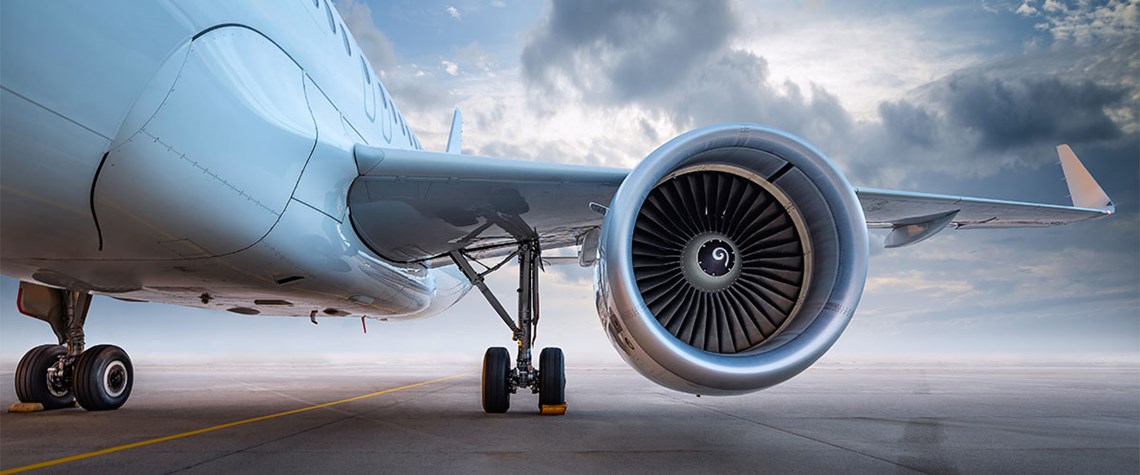Efficiency and SAF key to cutting aviation emissions
Rate of efficiency improvements must be doubled while SAF production must grow fivefold under a net-zero scenario
Greater use of sustainable aviation fuels (SAFs) and improved aircraft fuel efficiency will be the most important factors in reducing aviation sector emissions under two scenarios developed by the Mission Possible Partnership (MPP)—an alliance of climate research groups and private companies—that are consistent with a global net zero by 2050 pathway. Under both scenarios, annual fuel efficiency gains are doubled compared with historical gains and SAF production capacity is ramped up from the current 5.5mn t/yr to 40-50mn t/yr by 2030 and 300-370mn t/yr by 2050. “This transition strategy outlines plans and projects that are high on the agenda of ambitious companies, including the ‘nuts and bo

Also in this section
22 July 2025
Sinopec hosts launch of global sharing platform as Beijing looks to draw on international investors and expertise
22 July 2025
Africa’s most populous nation puts cap-and-trade and voluntary markets at the centre of its emerging strategy to achieve net zero by 2060
17 July 2025
Oil and gas companies will face penalties if they fail to reach the EU’s binding CO₂ injection targets for 2030, but they could also risk building underused and unprofitable CCS infrastructure
9 July 2025
Latin American country plans a cap-and-trade system and supports the scale-up of CCS as it prepares to host COP30








